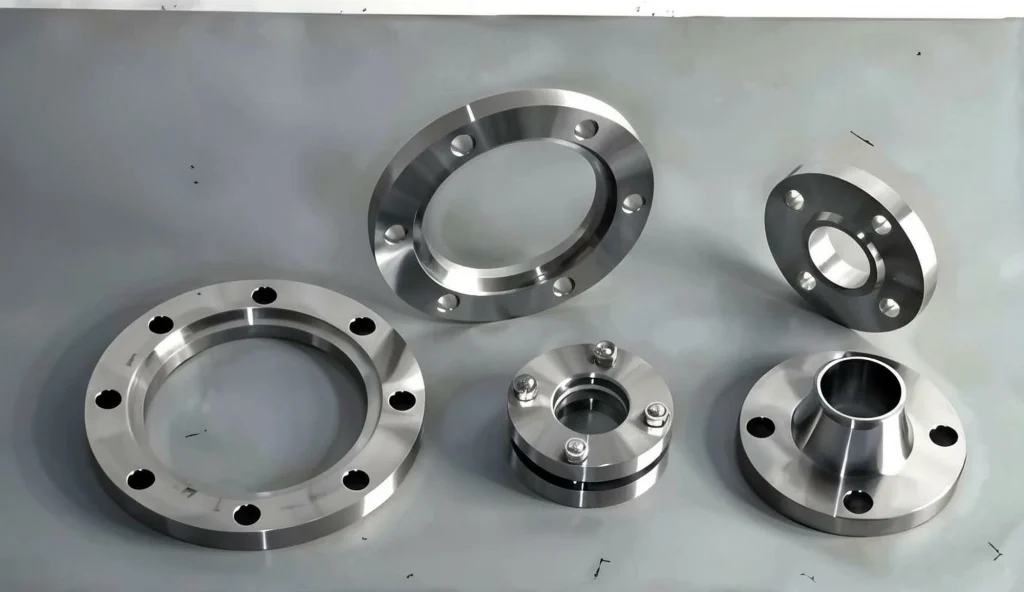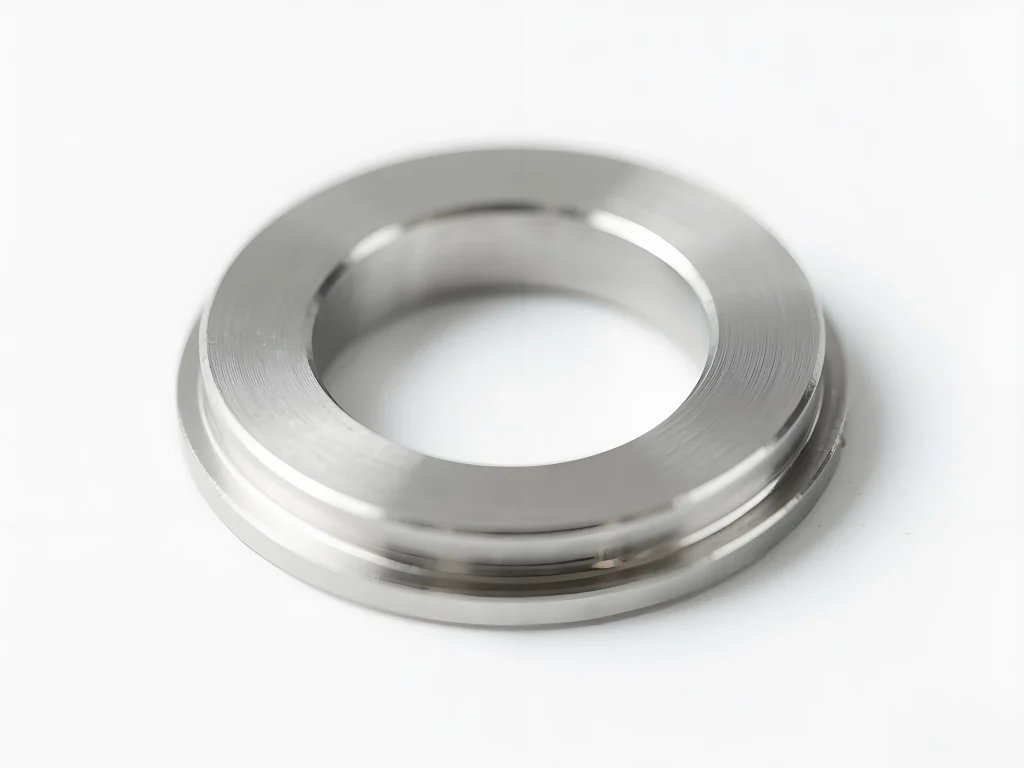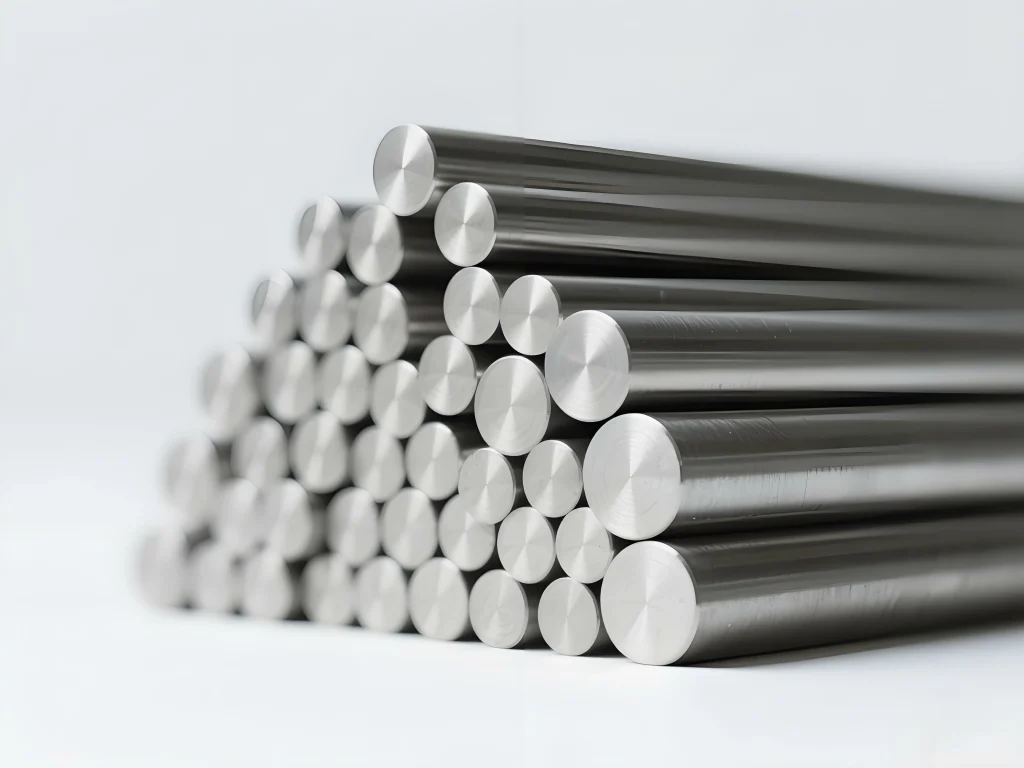1.A Comprehensive Guide to Nickel-Based Alloy Investment Castings
When an application demands the ultimate in performance—exceptional strength, superior corrosion resistance, and unwavering stability at high temperatures—nickel-based alloy castings are the definitive engineering solution. For components that must endure the most extreme conditions imaginable, from aerospace turbines to chemical processing equipment, nickel alloy casting provides reliability where other metals fail.
At Welleshaft, we are a leading manufacturer of investment castings, specializing in the precision-engineered nickel casting that powers critical industries. Using the advanced investment casting process, we produce complex, high-integrity investment casting parts that meet the most stringent specifications.
This guide explores the world of nickel-based alloys, their significant advantages, and why Welleshaft is the ideal partner for your next metal casting service project.
2.Why Choose Nickel-Based Alloys for Your Cast Components?
Choosing the right alloy is crucial for robust part design. Engineers select a nickel-based alloy when they require unparalleled performance. They consider key factors such as the component’s operating environment and the extreme mechanical and chemical stresses it will face.
The primary reasons engineers specify cast nickel alloys include:
- High-Temperature Environments:Unlike steel or aluminum, which can suffer from creep and oxidation, nickel alloys like in conel maintain their structural integrity and strength at extreme temperatures.
- Corrosive Conditions: For applications involving harsh chemicals, saltwater, or acidic compounds, alloys such as Monel and Hastelloyoffer exceptional corrosion resistant casting properties that prevent degradation and extend service life.
- High-Stress Applications:The inherent high-yield strength of these alloys makes them ideal for parts subjected to intense pressure, vibration, and mechanical load.
Furthermore, if you need to integrate your nickel alloy castings with wrought components, such as in complex welded assemblies, consulting our metallurgists early is crucial. This ensures that the selected casting alloy has the precise chemistry to guarantee compatibility and performance.

3.The Advantages of Nickel Investment Casting
The investment casting method, also known as the lost wax investment casting process, is perfectly suited for producing cast nickel alloys. This casting and moulding process allows for intricate geometries and a superior surface finish, minimizing the need for secondary machining.
The key benefits of investment casting with nickel alloys include:
- Exceptional Corrosion Resistance: Creates a passive oxide layer that protects against a wide range of corrosive agents.
- High-Temperature Strength:Retains mechanical properties in environments that would compromise stainless steel casting or aluminum for casting.
- Superior Wear Resistance:Ideal for parts that experience friction and abrasion.
- Design Flexibility: The investment casting process allows for complex internal and external features, thin walls, and undercuts that are impossible with other casting methods.
- Alloy Versatility: A wide range of nickel based alloysare available to tailor performance to specific application needs.
4.A Step-by-Step Look at Our Nickel Investment Casting Process
At Welleshaft, our investment casting procedure is an engineering-centric operation focused on precision and repeatability. Here’s how we turn your design into a high-performance investment cast component:
Step 1: Tooling & Wax Pattern Injection
We begin the process by custom-designing and building an investment casting mold or ‘tool’ in-house. Then, we inject hot investment casting wax into this tool to create a precise replica of the final part.
Step 2: Wax Tree Assembly
We carefully attach multiple wax patterns to a central wax runner system, forming a ‘casting tree.’ This setup allows us to produce numerous investment casting components in a single pour.
Step 3: Ceramic Shell Building
The wax tree is dipped repeatedly into a ceramic slurry and coated with sand, gradually building a robust ceramic shell around the wax patterns. This critical investment mold casting process determines the part’s final surface finish and dimensional accuracy.
Step 4: Dewaxing & Burnout
We place the ceramic shell in an autoclave to melt and drain the wax—the ‘lost wax’ step. Then, we fire the now-hollow shell at high temperatures to cure and strengthen it, while simultaneously burning out any residual wax.
Step 5: Metal Pouring
The selected nickel-based alloy is melted in a furnace and poured into the preheated ceramic shell. We manage this step with extreme precision to ensure the metal fills every intricate detail of the mold cavity.
Step 6: Shell Removal & Finishing
After cooling, we break away the ceramic shell. We then cut the individual investment castings from the tree and grind the gate marks smooth. We can perform further finishing processes like heat treatment or CNC machining to meet the final specifications.
5.Common Nickel-Based Casting Alloys and Their Applications
Welleshaft works with a wide range of nickel based alloys, including popular trademarked materials known for their reliability and performance. Below is a comparison of the most frequently requested types.
| Alloy Family | Key Characteristics | Common Applications & Industries |
| Monel | Primarily Nickel-Copper. Stronger than pure nickel. Excellent resistance to seawater corrosion and many acids. | Marine hardware, pump and valve components, chemical processing equipment, propeller shafts. |
| Hastelloy | Nickel-Molybdenum-Chromium. Extremely resistant to a wide range of corrosive chemicals. Excellent high-temperature strength and weldability. | Chemical reactors, pollution control equipment, gas turbines, and aerospace castings. |
| Incone | Nickel-Chromium. Forms a thick, passivating oxide layer. Retains strength over a vast temperature range, resisting creep. | Jet engine components, airfoil castings, heat exchangers, nuclear industry parts, and defense castings. |

6.Welleshaft’s Comprehensive Material Options
Our expert engineering team will guide you through the many choices of investment casting materials. Beyond nickel, we are a premier investment foundry for a variety of ferrous and non-ferrous alloys. This allows us to be your single-source casting supplier.
1.Nickel-Based Alloys
Our capabilities include, but are not limited to:
- Ni Alloy B & C Families: ASTM A 494 N12MV, N7M, CW12MW, CW6M, etc.
- Aerospace Grades: AMS 5388, AMS 5390
- High-Performance Grades:IN 610, IN 62, Ni Alloy X
2.Other High-Performance Alloys
We also provide expert investment casting services for:
- stainless-steel-investment-casting Stainless Steel Investment Casting Including 300 series stainless steel(austenitic) and 400 series stainless (martensitic) grades.
- aluminum-investment-casting Aluminum Investment Casting Utilizing alloys like A356 investment casting for lightweight strength.
- alloy-steel-investment-casting Alloy Steel Investment Castings,For applications requiring high toughness and durability.
- Cobalt-Chrome, Brass, and Copper Castings.
7.Applications Across Critical Industries
The superior properties of nickel investment castings make them indispensable in sectors where failure is not an option.
- Aerospace & Aviation:From turbine blades and nozzle guides to structural components, aerospace investment casting relies on nickel alloys to withstand extreme heat and stress.
- Defense: Defense castings for military vehicles, naval systems, and aerospace applications require the utmost reliability and material integrity that nickel alloys provide.
- Medical: The biocompatibility and corrosion resistance of certain nickel and cobalt-chrome alloys make them suitable for medical investment castings like surgical instruments and implants.
- Automotive & Industrial: In high-performance automotive castings like turbocharger wheels and industrial pump components, nickel alloys deliver longevity and efficiency.
8.Our Commitment to Casting Quality Control
At Welleshaft, ensuring cast component quality is the foundation of our operation. Our rigorous casting quality control program is integrated into every step of the casting manufacturing process.
Our casting quality inspection capabilities include:
- Spectrographic Analysis to verify alloy chemistry.
- Dimensional Inspection using CMM and advanced scanning.
- Non-Destructive Testing (NDT):We operate an in-house non-destructive testing lab offering Liquid Penetrant Inspection (LPI), Magnetic Particle Inspection (MPI), and Radiographic (X-ray) Testing to detect surface and subsurface discontinuities without damaging the part.
9.Why Choose Welleshaft as Your Investment Casting Manufacturer?
As your premier source for high-volume investment castings, Welleshaft combines technical expertise with customer service. We are not just a foundry; we are your strategic partner.
- Engineering-Centric Approach:We are a team of metallurgists and engineers focused on solving complex challenges.
- In-House Tooling:We design and build custom tools to optimize your part for the investment casting
- Complex Geometry Specialists:We have extensive experience with hard-to-manufacture investment casting parts.
- High-Volume Production: Our facility is equipped to handle large production runs with guaranteed consistency.
- One-Stop Shop: From casting to in-house CNC machining and assembly, we provide a complete manufacturing solution.

10.People Also Ask (FAQ)
-
What is the main difference between investment casting vs. sand casting?
The main difference lies in the mold material and resulting precision. Investment casting uses a ceramic shell created around a wax pattern, allowing for very complex shapes, thin walls, and a smooth surface finish. Sand casting uses a sand mold, which is less expensive but produces parts with rougher surfaces and less dimensional accuracy, often requiring more machining.
-
How does die casting vs. investment casting compare?
Die casting forces molten metal into a reusable steel die (mold) under high pressure. It’s excellent for high-volume production of non-ferrous metals like aluminum and zinc but is limited to less complex designs and alloys with lower melting points. Investment casting can handle a much wider range of alloys, including high-temperature nickel alloy casting and steel investment casting, and is superior for producing intricate geometries.
-
What is the difference between 300 series and 400 series stainless steel?
300 series stainless steel (e.g., 304, 316) is austenitic, non-magnetic, and offers excellent corrosion resistance and formability. 400 series stainless steel is martensitic, magnetic, and can be heat-treated to achieve very high hardness and strength, making it ideal for cutting tools and high-wear applications.
-
Is nickel casting expensive?
The investment casting cost for nickel alloys is higher than for common materials like aluminum or carbon steel. This is due to the higher raw material cost of nickel and the specialized handling required for high-temperature melting and pouring. However, for applications where its unique properties are required, the extended service life and reliability provide a superior total cost of ownership.
11.Let’s Get Started
Contact us for more information regarding your next nickel alloy castings project, or request a quote today. Welleshaft is dedicated to being the most reliable investment casting manufacturer in the industry, delivering premium-grade precision metal casting services that give you a competitive edge.

